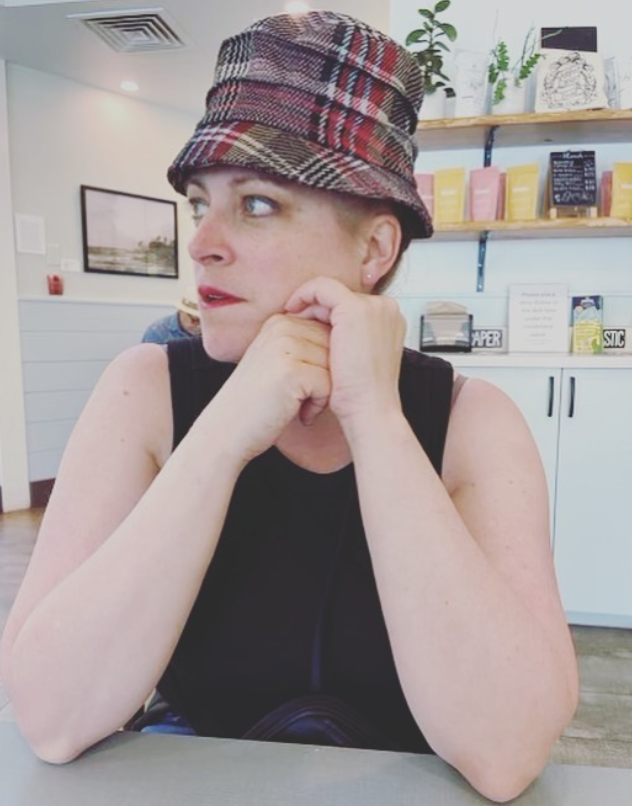Finding Your Tribe
I am a noticer. I notice when regular people look like famous people. I notice when signs are spelled wrong. I notice the color of someone’s eyes. I also notice coincidences. Recently I have come across several gurus Seth Godin, Sir Ken Robinson, and yes,Drew Barrymore, proclaiming how to get better at being better. The overwhelming message is to find your tribe. Surround yourself with people that share your bowl of chicken soup. This week my fellow graduate students and I have had a week off. I miss them! I need their chicken soup for my tribal soul! SO my advice to all you bloggites is to find your tribe, light your torch and fill your bowl.
http://feeds.feedburner.com/TheLitMaven
